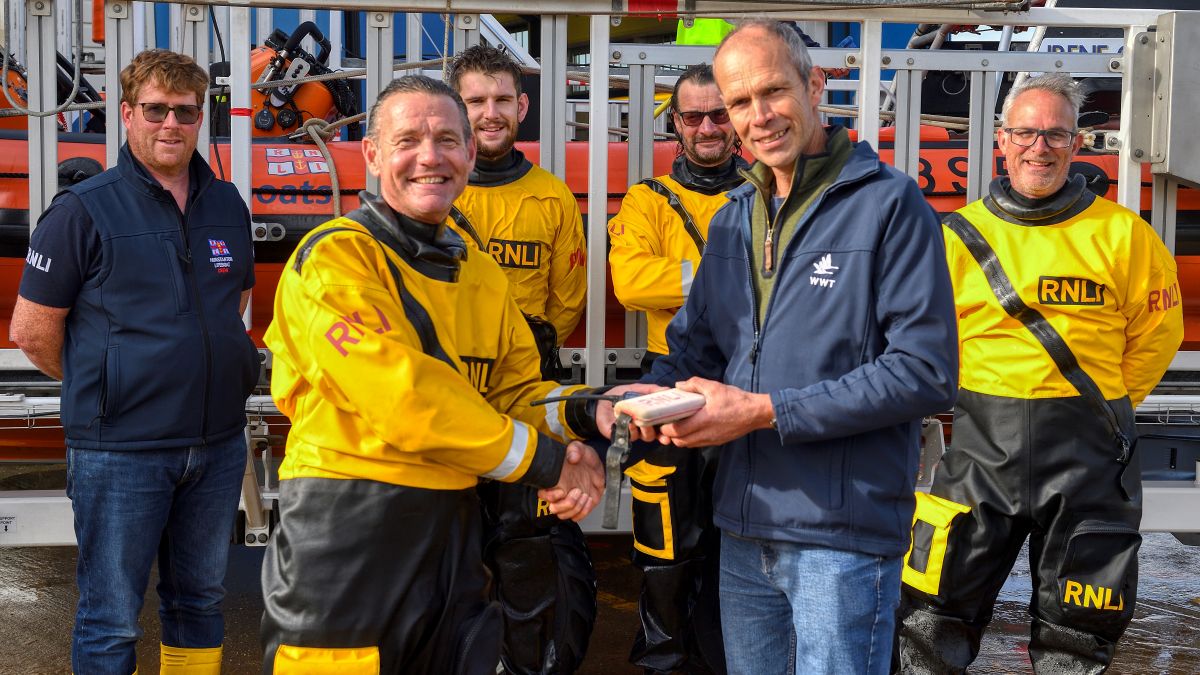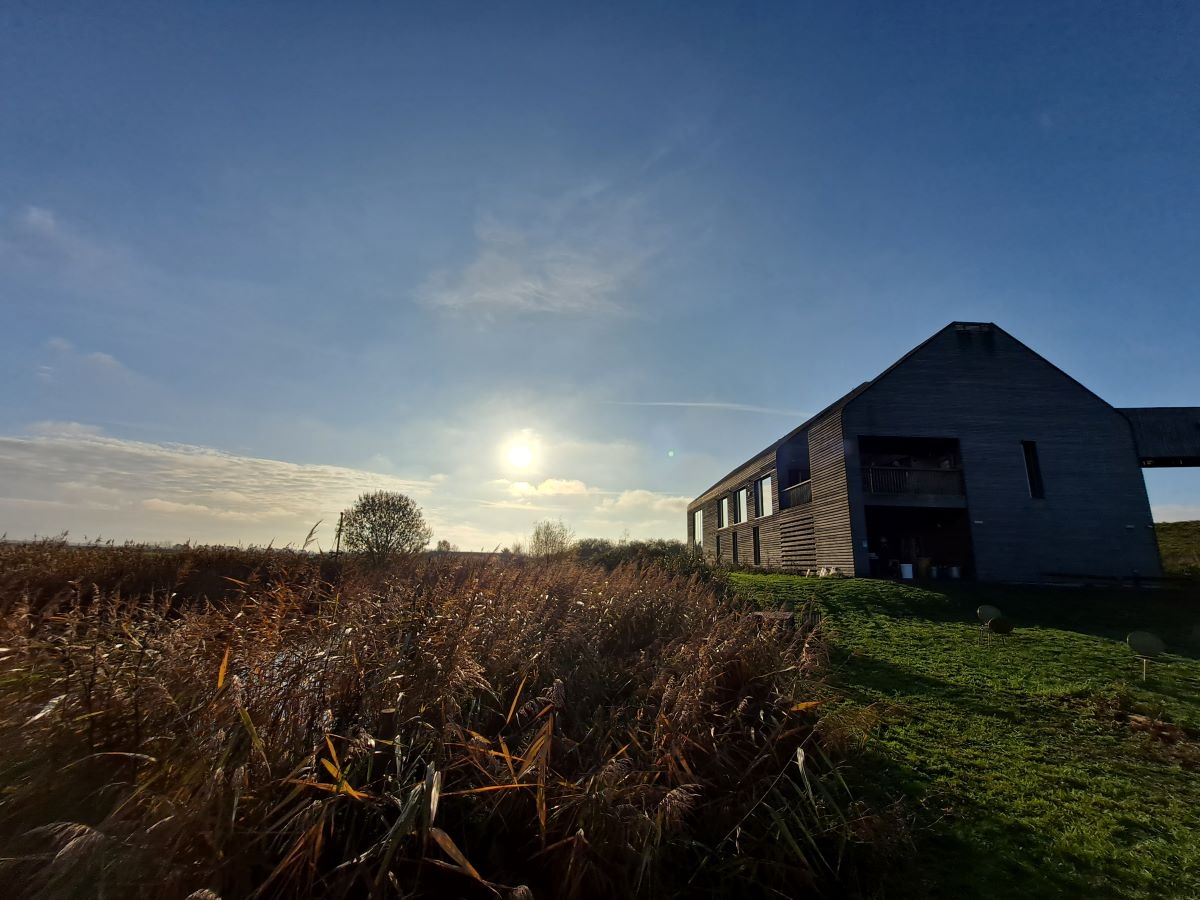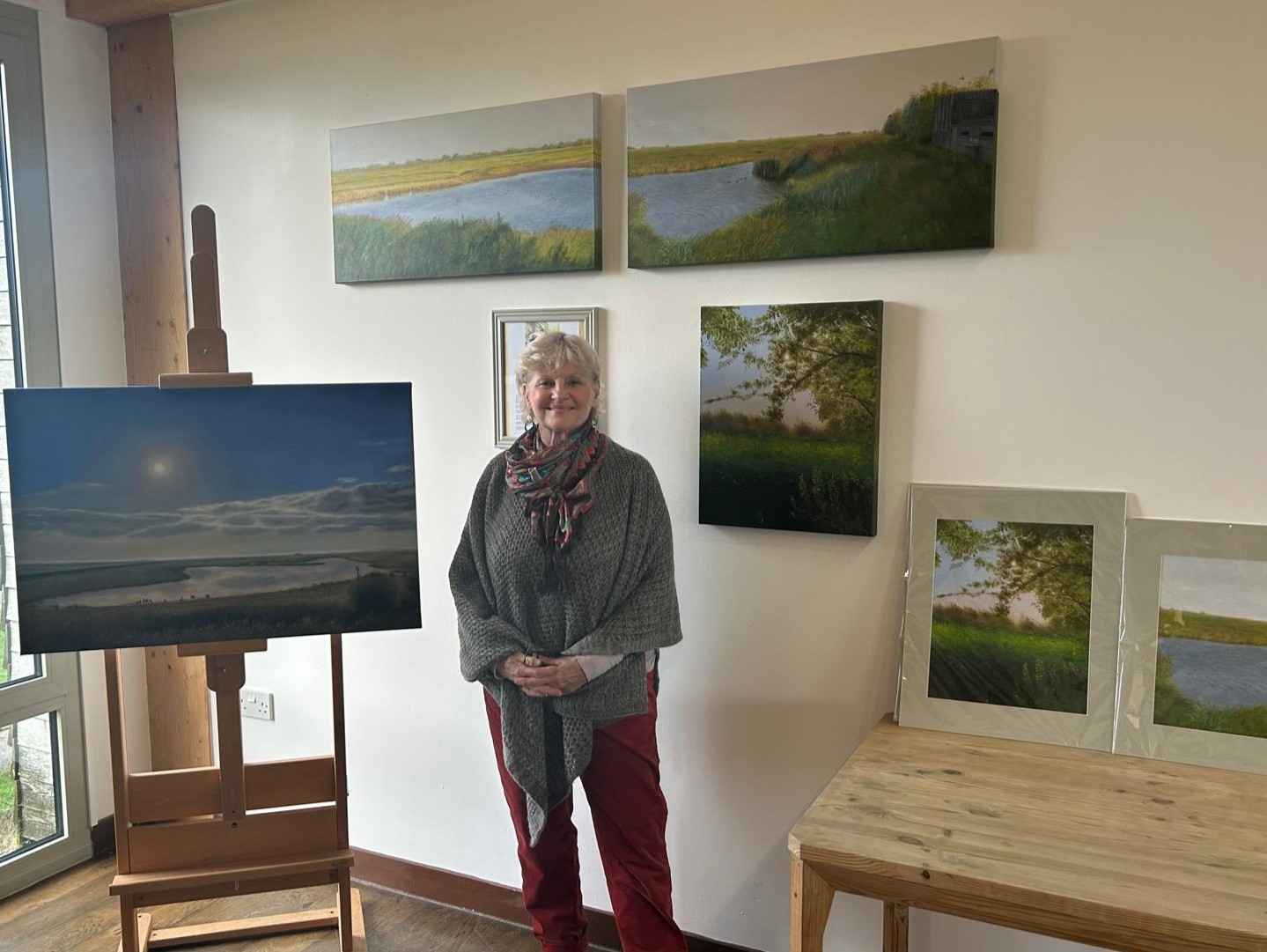Hares provide knock-out entertainment
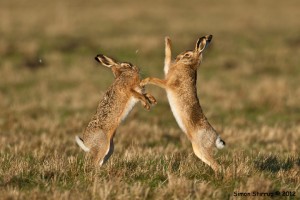
WWT Welney wetland centre is giving more opportunities to get closer to hares this winter. Just as the barn owl is seen as the iconic Fenland bird, the hare is the mammalian equivalent.
People often struggle to see and truly appreciated hares. Being a creature that is well adapted to open countryside they are able to avoid detection, hiding amongst what little structures can be found. If they feel threatened or notice a rival nearby they can reach up to speeds of 45kph, covering the ground very effectively.
The area of wetland creation at WWT Welney called Lady Fen, provides the ideal habitat for hares, a safe area to graze and to breed on. Unlike rabbits who keep their young tucked away in burrows, baby hares (leverets) are left out in the open, laying flat to the ground near tussocks of grass or mounds of earth for shelter.
Volunteer Tony Winchester said:
‘I’ve become endeared to these creatures because they are not only wonderful to watch, they are not only incredibly athletic, but they have this ability to hide in a way that the army would be very proud of if they could only re-enact it. They are a creature to inspire.’
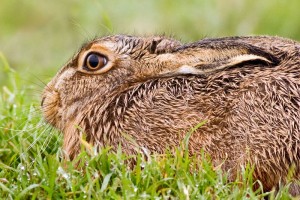
Mammals tend to be that little bit more elusive than most species of bird and so people are drawn to them. The hares at WWT Welney also make for a brilliant subject matter for photography.
Visitors can join volunteers and staff leading the guided walks onto Lady Fen, getting closer to the Hares at the following times:
- Hare walks, 2-3pm on Mondays, Thursdays & Saturdays. Included in admission but booking is advised.

